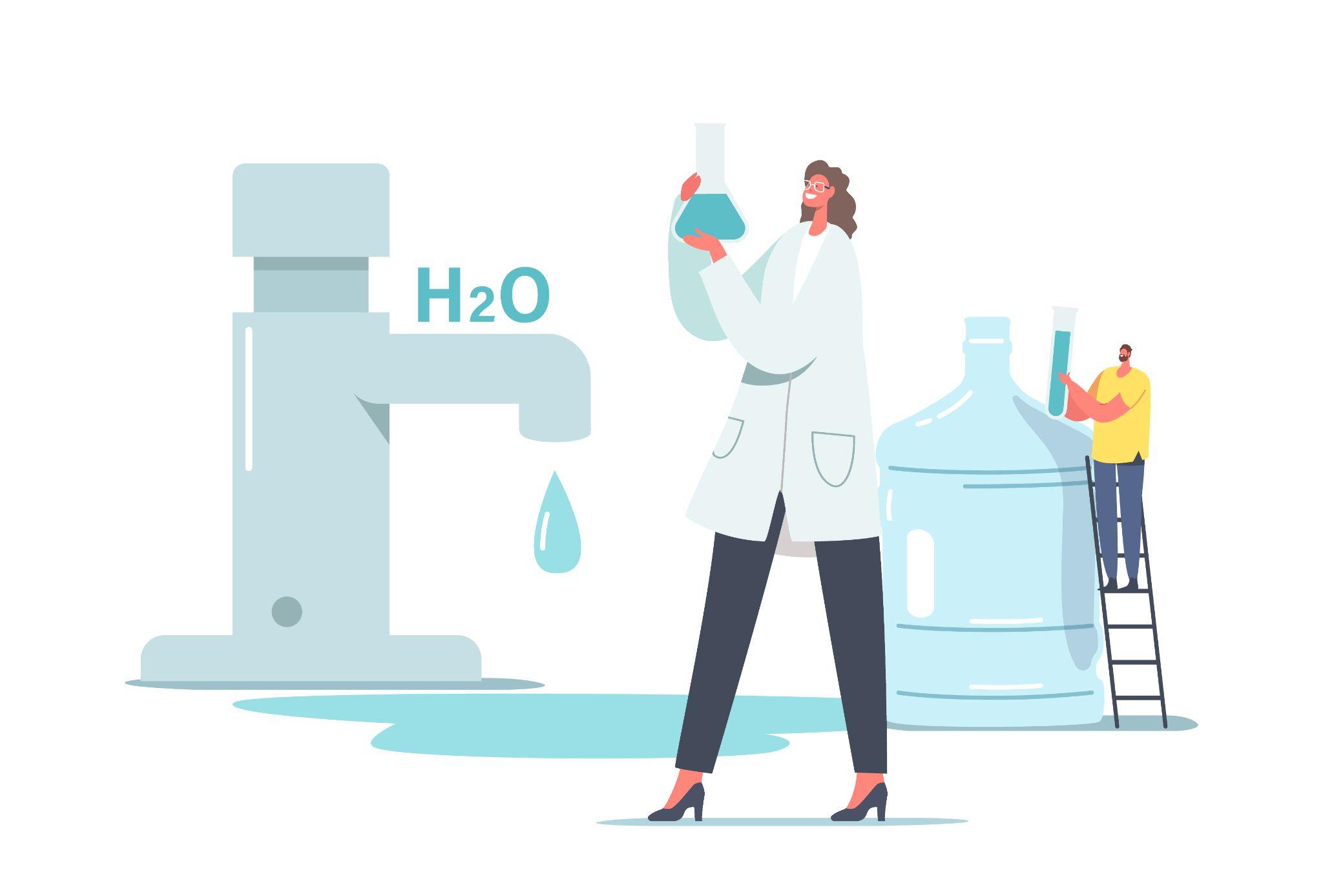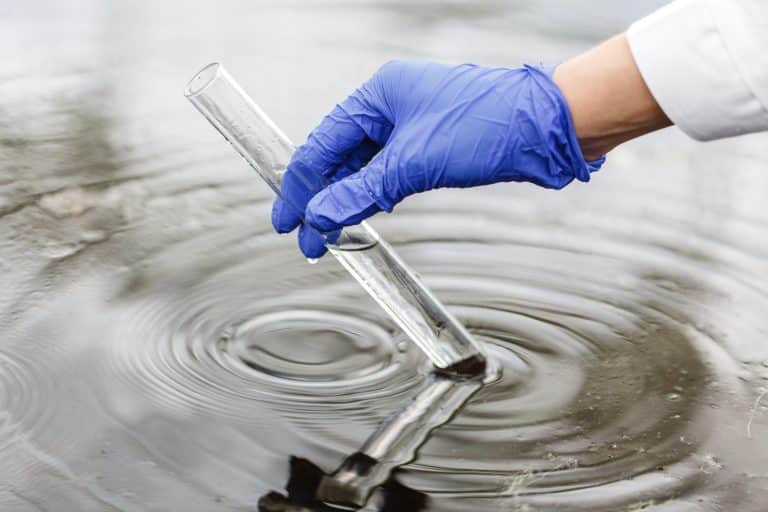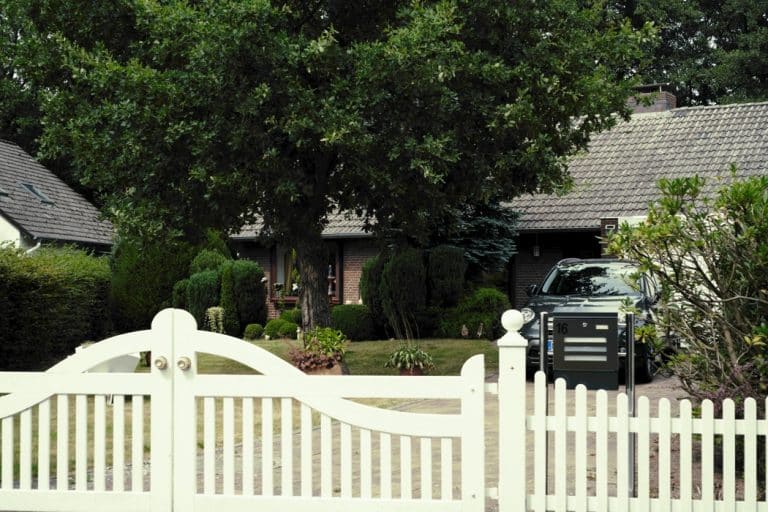Your water, in fact, is not a pure liquid; it has chemicals and minerals, even microscopic particles that can have repercussions over time when combined with such things as pipe integrity or even the force of your water on your taps. Contacting a San Jose plumbing company could be the initial step in resolving these underlying difficulties if you’re living in California and you’re seeing changes.
An ordinary consumer probably doesn’t give such factors the attention they deserve. Yet poor water quality can actually cause changes in plumbing, which may need expensive repairs if left unattended.
In this article, we’ll take a look at how water quality influences plumbing and what steps you can take to keep your system working well.
Understanding Water Quality: Key Factors
The pH level can eat away at your pipes on a more structural level (literally), eroding them down to nothing, as well as potentially causing deposits within.
The next thing to think about is the mineral content — water with high levels of calcium and magnesium can be an issue. It involves sediments, chemicals, and other pollutants.
Naturally, the levels of these elements vary throughout private wells, city supplies, and water sources. These few statements give us a rather basic idea about plumbing and the effect of certain properties on it, essentially.
Effects of Hard Water on Plumbing
Water hardness might cause problems. Some minerals that can accumulate in your pipes and generate scale are calcium and magnesium, which may not seem like much at first. Think about the plaque in your arteries as being like the plaque in your pipes. This accumulation will put more strain on your system as the water flow slows and the pipes progressively shrink.
Your water heater will have to work harder and finally break down as a result of the strain it is on. The force of showerheads and faucets’ sprays is reduced when they become clogged, necessitating more costly repairs. The final product is worth the slow procedure.
Corrosive Water and Pipe Deterioration
When water with a pH lower than 7 corrodes metals like copper and steel, they eventually rust or leak, discoloring your basin. Iron pipes can cause you to taste something metallic or see crimson water.
Water quality has a significant impact on plumbing for reasons other than aesthetics; corrosion accumulates over time. What kind of piping you have also counts, as some materials are more resistant than others in this kind of environment.
Sediment and Particulate Matter
I’m afraid that even harmless traipsing sand and dust will eventually find their way to rest in water pipes, especially at bends or joints. Rather like a dam, this tacked-on building material chokes off the flow of water. In some cases, it may just clog. This is an environment where particles can actually grind against metal pipe walls from fast-moving water, wearing them down gradually. It’s another way that water quality for plumbing sometimes becomes a long-term headache if you don’t pick it up soon enough.
Microbial Contamination and Biofilm Formation
Thanks to the sluggish flow of water through your plumbing, your pipes will become as much a home for bacteria and other microorganisms as your toilet. Energy-saving water filters from concealed sources can change the ‘color’ of water just by changing how it tastes: that is, they stink!
Worse—those homes these little creatures have made out of piping plastered with slimy clinging biofilm—they may shelter devils such as ‘Legionella’ bacteria which cause real trouble. Our biggest problem is that the water pipes with such tacky stuff on them just have to breed rust as well; it becomes two problems in one.
How to Assess Your Water Quality
Wondering about your own water? At the very least, you can start with one of the basic goods that are offered at the shop, such as the pH, hardness, or chlorine home test kits. Alternatively, send a sample to the lab or ask your water supplier to make their results public for a more thorough analysis.
Watch for symptoms including weak pressure, odd flavor, or chalky deposits around faucets. Before issues emerge, knowing water quality for plumbing needs will help you identify the problem and take appropriate action.
Practical Tips to Protect Your Plumbing
Good news: You can fight back against water quality issues. A water softener can tackle hard water by cutting down on those pesky minerals. Filters work wonders for sediments and some contaminants—think of them as a shield for your pipes. Occasionally, flush your system to remove accumulation, and in cold weather, insulate pipes to prevent freezing damage. Frequent examinations prevent minor problems from becoming major ones.
When to Call a Plumbing Professional

You can manage some issues on your own, but others are too difficult for you. If you have odd water colors, dwindling pressure, or ongoing leaks, it’s time to hire experts.
An expert plumber, however, can determine the cause of the problem, which could be sedimentation or corrosion, to mention a few.
A respectable plumbing company like Fuse Service may be able to provide expert solutions that are most appropriate for your circumstances if you require someone in California.
Don’t wait for a pipe to explode; take action now!
In Conclusion
It works slowly but surely, wondering how water quality affects plumbing (chalk from hard water, acidification of a metal pipe from acidic water).
The scale settles until all channels become clogged. Corrosion works through all components that communicate with the liquid down their walls. With careful monitoring of your water and softening or filtering, you can avoid all this trouble.













